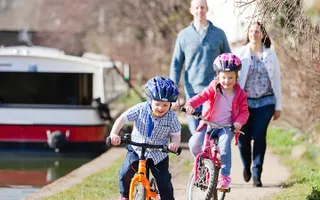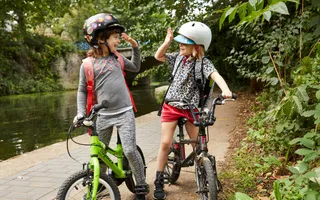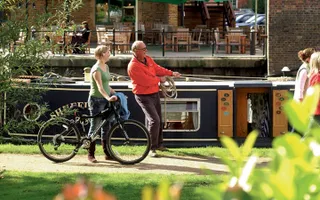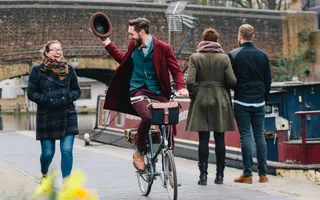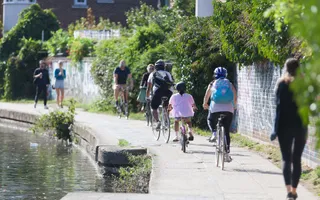
Share the Space, Drop your Pace
Share the Space, Drop your Pace is our campaign to promote the Towpath Code - a common-sense guide to considerately sharing the towpath with other people, pets and wildlife.
Read the transcript video
There’s nothing quite like a towpath. You get to walk from the urban world into the countryside and it becomes a journey, it becomes a voyage.
So, we’ve introduced the Towpath Code as a simple, easy-to-understand guide for how to share towpaths. Just a little bit of guidance that says this is the way to be kind to each other, to look out for each other and just enjoy and make the best use of towpaths that you can.
Pedestrians have priority on the towpath, and the reason the code does that is because it gives priority to those that are more vulnerable, that are moving slower on the towpath.
The Towpath Code says that cyclists must slow down for others. If you’re travelling faster than the people around you, the best thing to do is just slow down, take it easy, and enjoy the ride.
Towpaths can be really popular, so when it is busy and you’ve got to pass other people, just be careful and watch out for pets and wildlife. Our furry friends need a bit of care, too.
So, through the Towpath Code, we’re asking everyone to think about people using the waterway. So that’s activities like canoeing, paddle-boarding, angling, or simply stepping on or off a boat.
Wheelchairs, mobility aids, and unmodified e-bikes are more than welcome on the towpath. Just be careful when you’re using them.
Towpaths are for everyone to enjoy. But please, don’t bring e-scooters, motorbikes, and other motorised vehicles. They’re just not suitable for this kind of place.
Towpaths are a fantastic place to take your dog for a walk, but please do keep them under control. And, remember, clean up after them.
Towpaths are really special places, but they’re going to look awful if we leave rubbish everywhere, so please take your litter home.
Our towpaths are the longest, thinnest park we have in this country. Please follow the towpath code, but if you’ve got to remember one thing, just be nice to each other. That’s easily the best way to make sure everybody has a great day out.
Last Edited: 28 November 2024
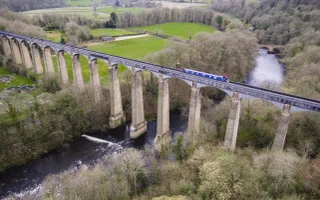

Stay connected
Sign up to our newsletter and discover how we protect canals and help nature thrive


